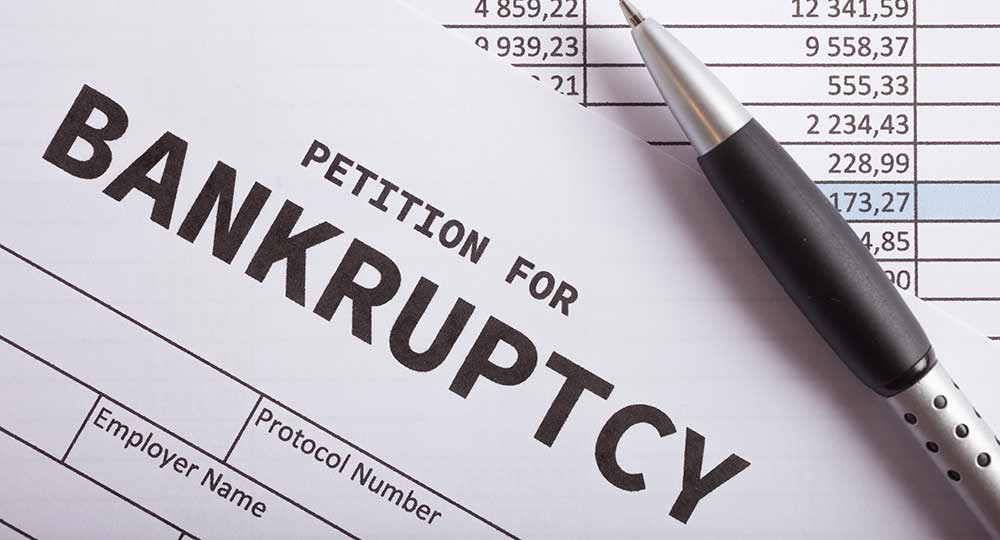Since its introduction in 1967, the Insolvency Act 1967, formerly known as the Bankruptcy Act 1967, has undergone various amendments. The Act came into force on 6 November 2017. The reform was crucial as the legislature intended to help creditors and debtors in bankruptcy cases. This article will briefly discuss eight critical amendments to the law relating to bankruptcy cases in Malaysia.
1) Immunity of a social guarantor
Section 2 of the Act defines a social guarantor as a person who, without intention or purpose of making a profit, provides the following guarantees:
- a guarantee for a loan, scholarship or grant for educational or research purposes; or
- a guarantee for a hire purchase transaction of a vehicle for personal or non-commercial purposes; or
- a guarantee for a housing loan intended solely for residential purposes.
The new amendment to subsection 3 of Section 5 (1) of the Act prevents a petitioning creditor from commencing bankruptcy proceedings against a social guarantor. This absolute immunity is granted to the social guarantor as they do not make any profit or receive any benefit from the loan granted by the creditor to the debtor.
2) Voluntary Arrangement, a.k.a Rescue Mechanism
Section 2A of the Act defines voluntary arrangement as an arrangement for the satisfaction of a debtor’s debts or a scheme for the settlement of a debtor’s affairs. In practice, it is a debt management scheme administered by the Credit Counselling and Debt Management Agency, an agency set up by Bank Negara Malaysia to help individuals take control of their financial situation by restructuring their debts. It is the last resort for the debtor to negotiate with the creditor to avoid being classified as bankrupt.
As regulated in Section 2C of the Act, a debtor may propose a voluntary arrangement to his creditors before being declared insolvent.
The debtor on the verge of bankruptcy may apply for an interim injunction and address this application to the Director General of the Insolvency Service. The effect of this injunction, if granted, shall be that no bankruptcy petition shall be filed against the debtor, nor shall any other proceeding, execution or other judicial proceeding be commenced or continued without the leave of the court.
3) Automatic Discharge from Bankruptcy
The new amendment to section 33C of the Act provides that a bankrupt shall be automatically discharged from his bankruptcy status after three years from the date of filing of the affidavits and subject to the objection of the creditors if any of the following conditions are satisfied;
- the target contribution has been reached; and
- the income and expenses statement is filed every six months
4) Minimum threshold to file a petition
Since 1967, the minimum threshold for filing a bankruptcy petition has been changed several times in line with the country’s economic development and policies. The latest threshold, set out in Section 5 of the Act, states that debts must exceed a whopping one hundred thousand Malaysian ringgit or more before proceedings can be initiated against the debtor. The previous figure was set at Fifty Thousand Ringgit Malaysia and was increased significantly to reduce the number of bankruptcy cases in Malaysia. The pandemic was one of the reasons for the revision and reform of this amount.
5) Objection by the creditor in relation to discharge from bankruptcy
The amendment to the last Act, particularly in section 33B (2A), provides that the creditor may not object to the bankruptcy proceedings if the following are involved:
- a bankrupt who was made bankrupt in their capacity as a social guarantor; or
- a bankrupt who is registered as a person with a disability under the Persons with Disabilities Act; or
- a deceased bankrupt; or
- a bankrupt suffering from severe illness and certified by a Government Medical Officer.
6) Personal Service of Bankruptcy Notice and Petition
The requirement of personal service essentially serves to ensure that the voluntary arrangement can be exercised as soon as a person has knowledge of the insolvency proceedings instituted against him. If a creditor is unable to serve the bankruptcy notice on the debtor in person, they may file a summons with the chamber and request substitute service of the bankruptcy notice so that personal service is no longer required.
7) Insolvency Assistance Fund
Insolvency Assistance Fund is a type of fund established under section 77A of the Act, and it is administered and controlled by the Director General of Insolvency. It was established to streamline the administration of the bankruptcy estate in terms of payment of fees and expenses to facilitate the effective administration of the estate.
8) Single Bankruptcy Order
The former two orders, namely adjudication and receiving order, have been replaced by a single bankruptcy order. In other words, a debtor is declared insolvent when the bankruptcy order is granted. The possibility of an arrangement between debtors and creditors after the issuance of receiving order, which existed before, is now no longer applicable.



